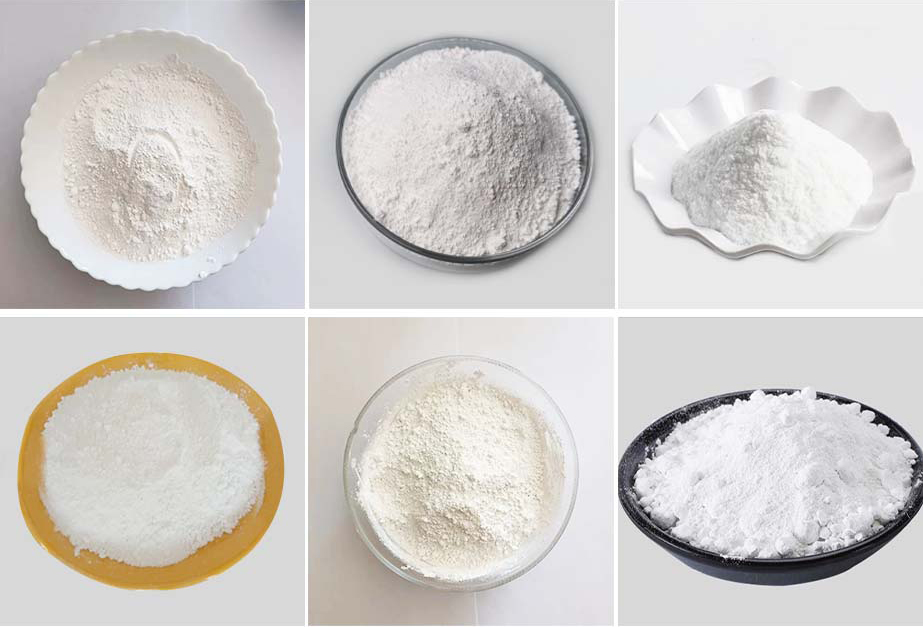
Nov . 14, 2024 21:26 Back to list
tio2 e171
The Role of TiO2 in E171 and Its Implications for Food Safety
Titanium dioxide (TiO2), particularly in its nanoparticle form, has been widely used as a white pigment and in various applications, including food, cosmetics, and pharmaceuticals. In Europe, it is often referred to by its food additive code E171. This compound has recently come under scrutiny due to concerns regarding its safety and potential health effects. The evolving discourse around TiO2 has significant implications for consumers, regulators, and the food industry.
E171 has been utilized primarily to enhance the appearance of food products, providing a bright white color to confectioneries, sauces, and other processed foods. Its stability and inertness have made it a popular choice among manufacturers seeking to improve the aesthetic appeal of their products without altering flavor or nutritional value. However, as the use of TiO2 has become commonplace, research has begun to uncover its potential risks.
.
In France, a comprehensive review by the French Agency for Food, Environmental and Occupational Health & Safety (ANSES) concluded that E171 posed potential risks to human health. This prompted the French government to ban the use of E171 in food products starting in 2020. The decision underscored a growing trend in consumer advocacy for transparency and safety in food additives. Consumers today are more informed and conscientious about what they ingest, demanding stricter regulatory oversight.
tio2 e171

The European Food Safety Authority (EFSA) followed with its assessment, which deemed the potential risks associated with E171 as significant enough to warrant further investigation. The growing body of evidence against TiO2 has put pressure on regulatory agencies worldwide to re-evaluate its safety profile and consider restrictions similar to those enacted in France.
For the food industry, the implications of a potential ban on E171 are far-reaching. Manufacturers reliant on this additive for product consistency and aesthetics face the challenge of reformulating their products to comply with new regulations. This may lead to increased production costs and necessitate a shift towards alternative natural colorants, an area that is currently growing but may not yet meet the demand for stability and shelf-life that synthetic options provide.
While the debate surrounding TiO2 and E171 continues, it serves as a crucial reminder of the need for ongoing research and monitoring of food additives. The trajectory of this discussion reflects broader societal concerns about food safety, transparency, and the ethical responsibilities of the food industry. As consumers become more engaged and informed, the call for safer food products will undoubtedly shape regulatory practices and industry standards in the future.
In conclusion, the scrutiny surrounding TiO2 in the form of E171 is indicative of a shifting paradigm in the food industry towards greater safety and consumer awareness. The evolving narrative indicates that while certain additives have been deemed safe for years, new research and public sentiment can prompt re-evaluation and change. This ongoing discourse is essential for ensuring that food safety standards keep pace with scientific discovery and consumer expectations.
-
Premium 6618 Titanium Dioxide for GPT-4 Turbo Applications
NewsJul.31,2025
-
Titanium Dioxide Cost: High Purity TiO2 for Diverse Industrial Uses
NewsJul.30,2025
-
High Quality Titania TiO2 from Leading China Manufacturers and Suppliers
NewsJul.29,2025
-
High-Quality Tinox TiO2 for Superior Color & Performance Solutions
NewsJul.29,2025
-
High Quality Titania TiO2 from Leading China Supplier & Manufacturer
NewsJul.29,2025
-
High-Performance r6618 TiO2 for Superior Whitening and Versatility
NewsJul.28,2025
